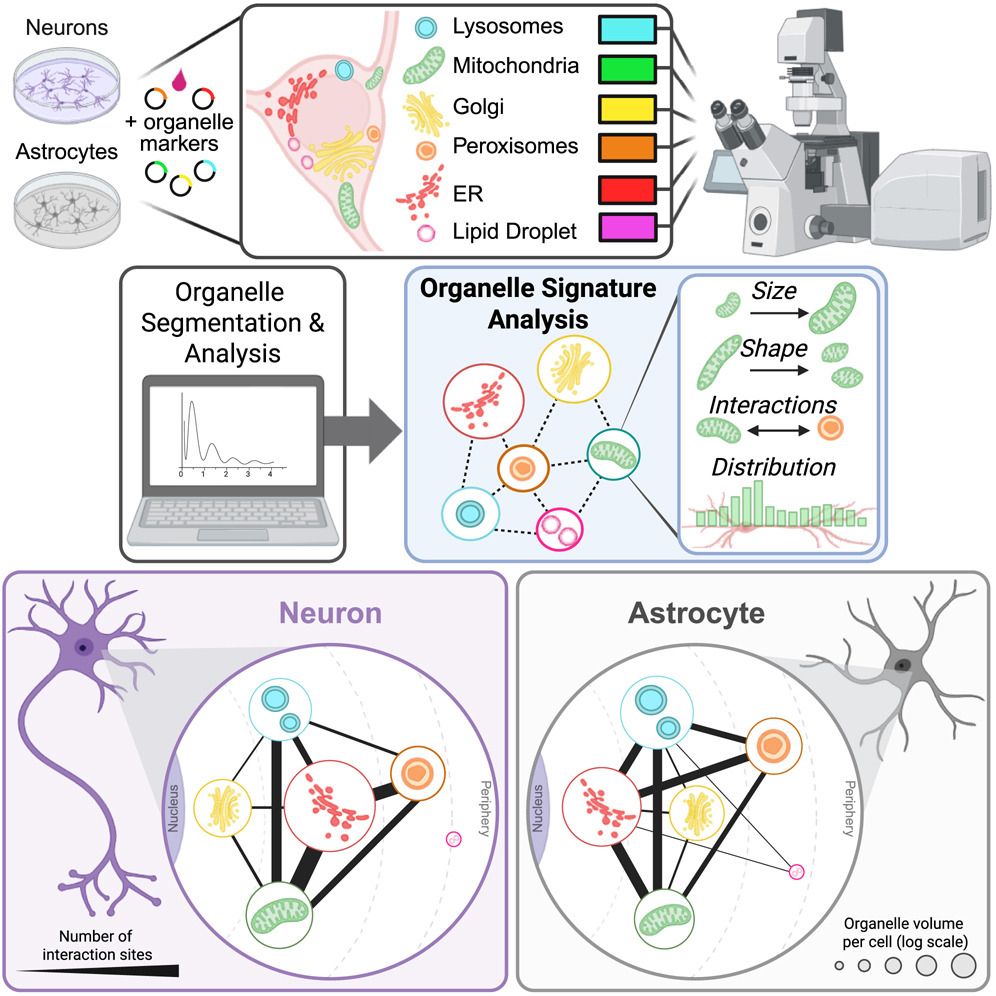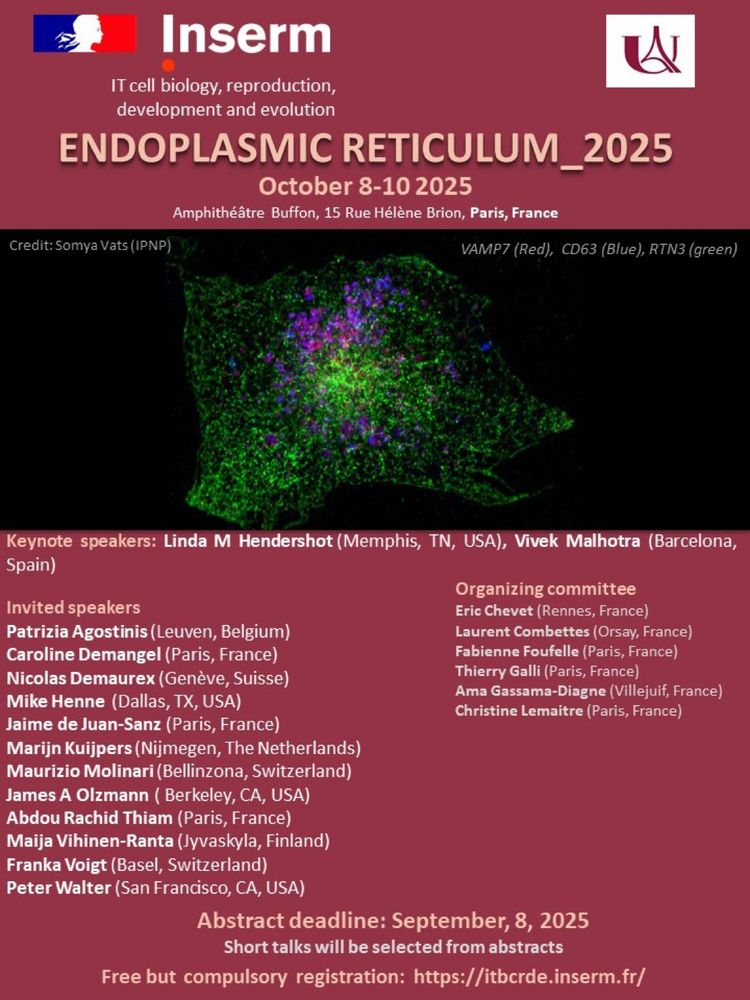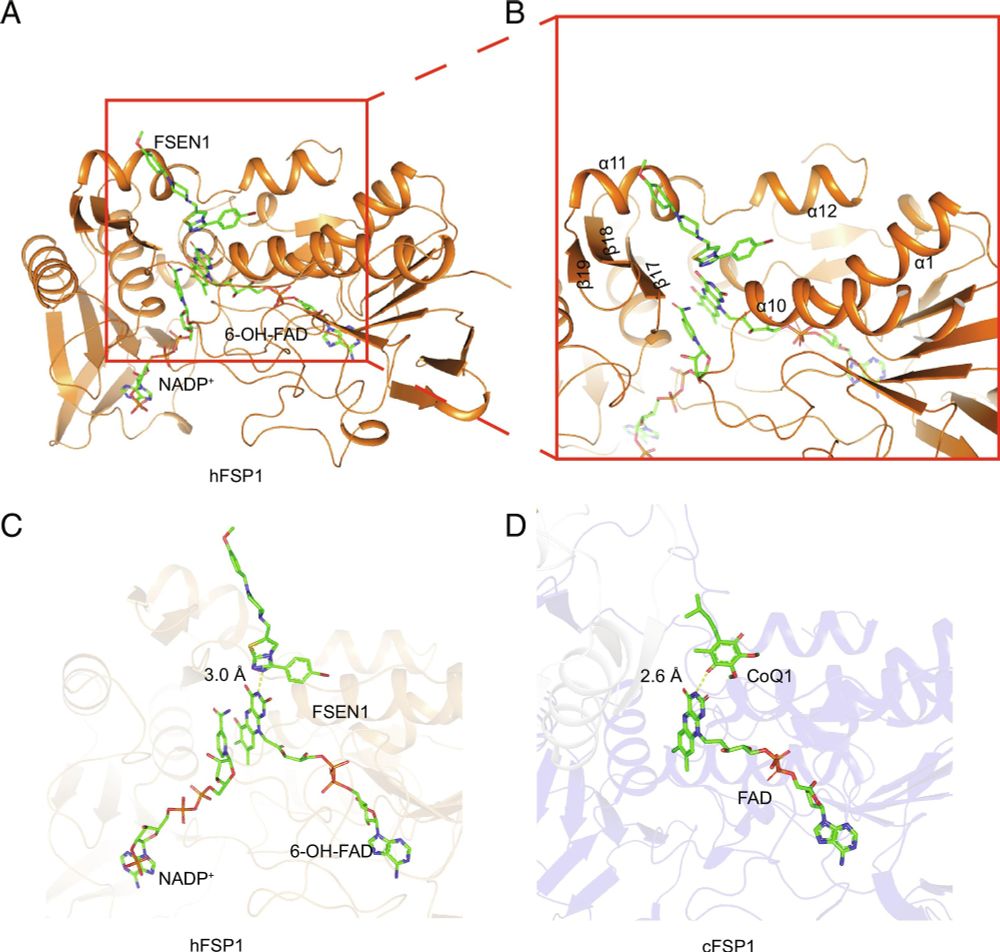Henne lab
@hennelab.bsky.social
750 followers
210 following
38 posts
We are a cell biology lab at UT Southwestern Medical Center in Dallas, TX. We study lipid droplets and the organization of metabolism in cells. For more, please see our lab website: https://labs.utsouthwestern.edu/henne-lab
Posts
Media
Videos
Starter Packs
Pinned
Henne lab
@hennelab.bsky.social
· May 5

Paraoxonase-like APMAP maintains endoplasmic-reticulum-associated lipid and lipoprotein homeostasis
Here, Paul et al. show that APMAP is an ER-localized paraoxonase-like enzyme that
suppresses lipid oxidation and redox stress at the ER network. APMAP loss leads to
ER stress, redox disruption, phosph...
www.cell.com
Reposted by Henne lab
Reposted by Henne lab
Jeremy Baskin
@jeremybaskin.bsky.social
· Aug 20
Itay Budin
@ibudin.bsky.social
· Aug 15

Organelle-Targeted Laurdans Measure Heterogeneity in Subcellular Membranes and Their Responses to Saturated Lipid Stress
Organelles feature characteristic lipid compositions that lead to differences in membrane properties. In cells, membrane ordering and fluidity are commonly measured using the solvatochromic dye Laurdan, whose fluorescence is sensitive to lipid packing. As a general lipophilic dye, Laurdan stains all hydrophobic environments in cells; therefore, it is challenging to characterize membrane properties in specific organelles or assess their responses to pharmacological treatments in intact cells. Here, we describe the synthesis and application of Laurdan-derived probes that read out the membrane packing of individual cellular organelles. The set of organelle-targeted Laurdans (OTL) localizes to the ER, mitochondria, lysosomes, and Golgi compartments with high specificity while retaining the spectral resolution needed to detect biological changes in membrane ordering. We show that ratiometric imaging with OTLs can resolve membrane heterogeneity within organelles as well as changes in lipid packing resulting from inhibition of trafficking or bioenergetic processes. We apply these probes to characterize organelle-specific responses to saturated lipid stress. While the ER and lysosomal membrane fluidity is sensitive to exogenous saturated fatty acids, that of mitochondrial membranes is protected. We then use differences in ER membrane fluidity to sort populations of cells based on their fatty acid diet, highlighting the ability of organelle-localized solvatochromic probes to distinguish between cells based on their metabolic state. These results expand the repertoire of targeted membrane probes and demonstrate their application in interrogating lipid dysregulation.
pubs.acs.org
Henne lab
@hennelab.bsky.social
· Aug 18
Reposted by Henne lab
Reposted by Henne lab
Henne lab
@hennelab.bsky.social
· Aug 9
Henne lab
@hennelab.bsky.social
· Aug 7
Reposted by Henne lab
Reposted by Henne lab
Henne lab
@hennelab.bsky.social
· Jul 17
Reposted by Henne lab
Henne lab
@hennelab.bsky.social
· May 29
Henne lab
@hennelab.bsky.social
· May 28
Henne lab
@hennelab.bsky.social
· May 5


















